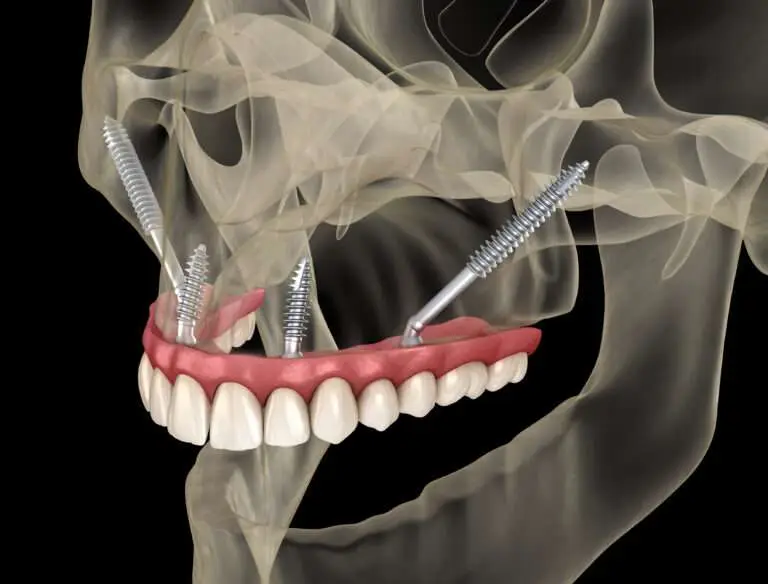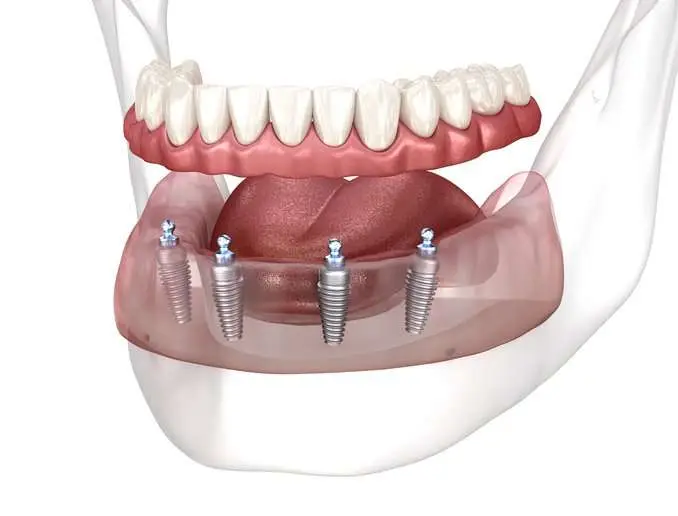What are Dental Implants? Types, Cost & all you need to know
With our comprehensive guide, you will understand exactly what dental implants are and the different types available depending on your needs!
Get completely informed and start your dental implant journey from the hands of the best experts in your area.
What is a Dental Implant?
A dental implant, essentially a post, usually made in titanium or similar materials, gets surgically inserted into the jawbone to act as the tooth root for a missing tooth, providing a solid base for artificial teeth. This procedure, part of dental implant surgery, aims to replace missing teeth with an artificial tooth root and prosthesis that feels and functions like natural teeth. The most known and used kind of implants are endosteal implants: they rank as the most favored type of implant due to their reliability and compatibility with the human body, especially for those maintaining good oral hygiene and possessing a healthy jawbone.
The journey to receiving dental implants begins with a comprehensive treatment plan tailored by the specialized doctor to address the unique needs of each patient’s oral health and the specifics of their missing teeth. This plan outlines the steps for preparing the jawbone, the placement of the implant, and the healing process that allows the implant to fuse securely with the bone, completing the treatment with the placement of the definitive set of prosthetic teeth.
Unlike removable dentures or bridges, which may shift or cause discomfort, dental implants offer a permanent solution to teeth loss that remains anchored in place. Artificial teeth anchored firmly allow normal chewing and speaking without irritating the gum tissues surrounding the implant site.
The success of dental implants, as reported by the American Academy of Implant Dentistry, underscores their effectiveness in restoring oral function and aesthetics with a high degree of patient satisfaction. Endosteal implants, in particular, have garnered acclaim for their ability to integrate into the bone structure, offering a stable and long-lasting solution to replace missing teeth and support artificial tooth options that mirror the look and feel of natural teeth.
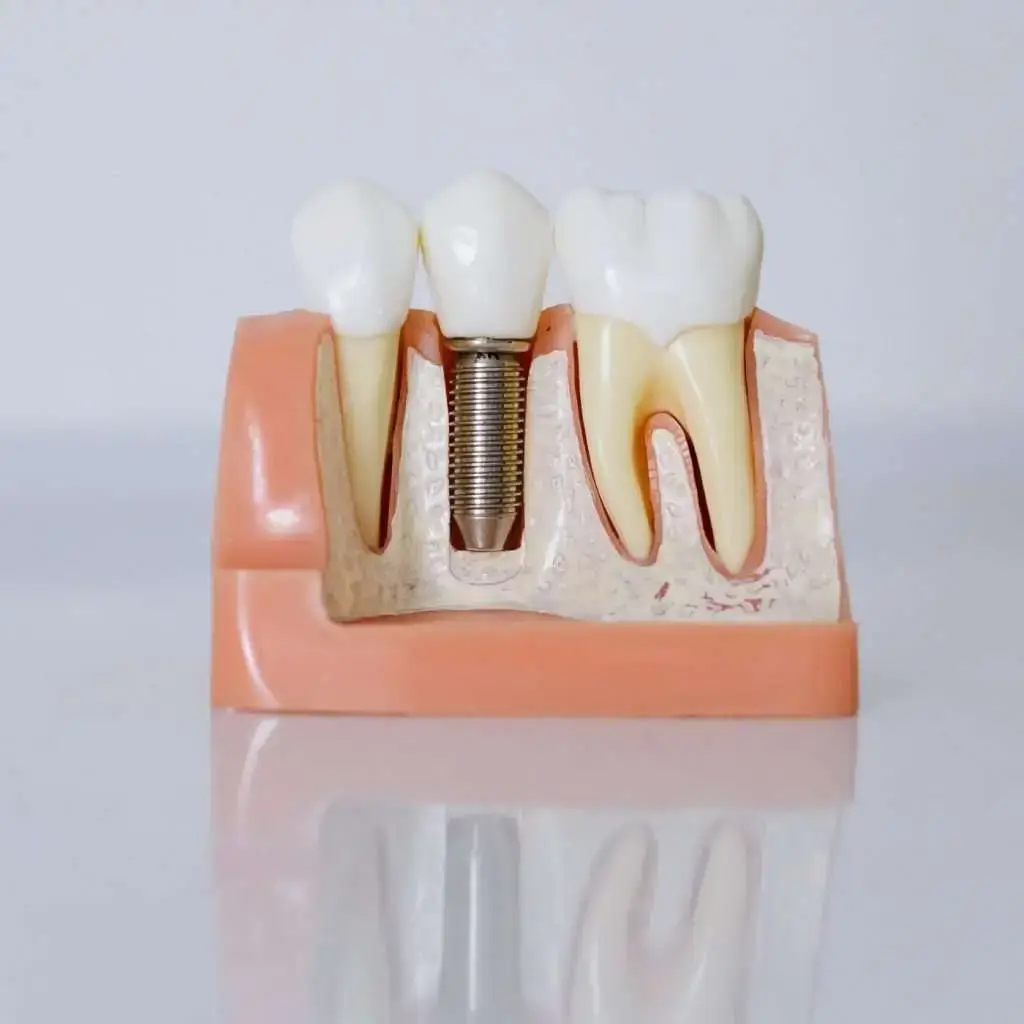

How Do They Work?
Once the implant is placed into the jawbone during the surgery, there’s a subsequent healing period during which the implant will fuse with the bone. This process, called osseointegration, lasts between 3 to 6 months and is vital for the long-term success of the implants, preventing implant failure. On the other hand, if the osseointegration is not totally completed or suffers any complications, the implant will not be fully attached to the bone, opening the possibility of moving, breaking, or falling.
Note that the success of the treatment comes along with the expertise of the doctor who performed the surgery. For that reason, at Smile24h, we always recommend choosing one of our Smile24h Expert Clinics, part of the International ZAGA Network of experts in advanced implantology dentistry.
Types Depending on Your Needs
- Mini Implants: Mini implants are smaller than traditional implants and are often used when the space for tooth replacement is limited. They are also a good option for securing lower arch dentures.
- Endosteal Implants vs. Subperiosteal Implants: Endosteal implants, often referred to as traditional implants, are the most widely used type. They are placed directly into the jawbone, serving as a solid base for artificial teeth, and are suitable for patients with adequate bone density. Subperiosteal implants, on the other hand, are positioned on top of the jawbone but beneath the gums. They are ideal for patients lacking sufficient bone height and unable to undergo bone augmentation.
- Pterygoid Implants: These implants are placed in the pterygoid plate of the sphenoid bone, located in the upper jaw behind the maxillary sinus. Pterygoid implants are used when there’s insufficient bone in the upper jaw, eliminating the need for bone grafting.
- Nasal Implants: Nasal implants are used for patients with insufficient bone height in the upper jaw. They are placed on the nose floor, providing an alternative to more complex procedures.
- Zygomatic Implants: Zygomatic implants are longer than traditional implants and are anchored in the zygomatic bone. They are used when a patient has insufficient or no bone in the upper jaw and offer an alternative to complex bone grafting procedures.
Benefits of Dental Implants
Teeth or tooth implants provide several benefits, including preserving the jawbone, improving oral health, and offering a stable and long-lasting solution for missing teeth. They also improve your bite and reduce the risk of tooth decay and gum disease.
The Procedure
The dental implant procedure involves several stages. First, the dentist will conduct a thorough examination to determine the type of implant that best suits your dental needs and will organize the treatment planning. Then, the implant is surgically placed into the jawbone. After a healing period, in which the implant fuses with the bone and that can last between 3 and 6 months, an impression of your mouth and remaining natural teeth are taken to create a custom-made dental prosthesis, which is then attached to the implant abutment.
For more information about the time needed for dental implant surgeries, make sure to check out our dedicated post!
Dental Implant Failure and Care
While teeth implants have a high success rate, some factors, such as poor oral hygiene, improper care, or different health conditions, can result in implant failure. Remember, dental implants require the same care as natural teeth, including brushing and flossing to ensure a successful outcome. Regular dental visits are also essential for the long-term success of the implants.
If you want to learn more about the risks of dental implants or the success rate of dental implants, don’t miss our FAQ’s about it!
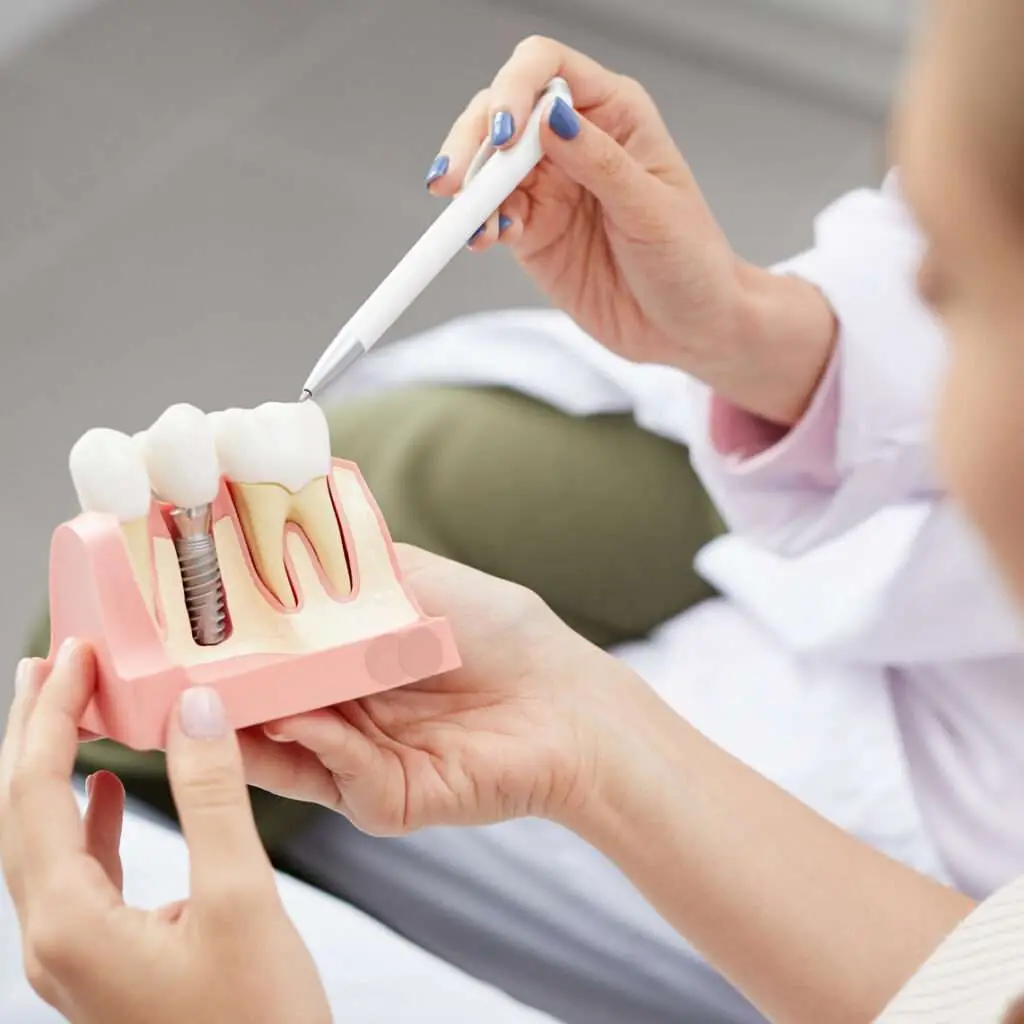
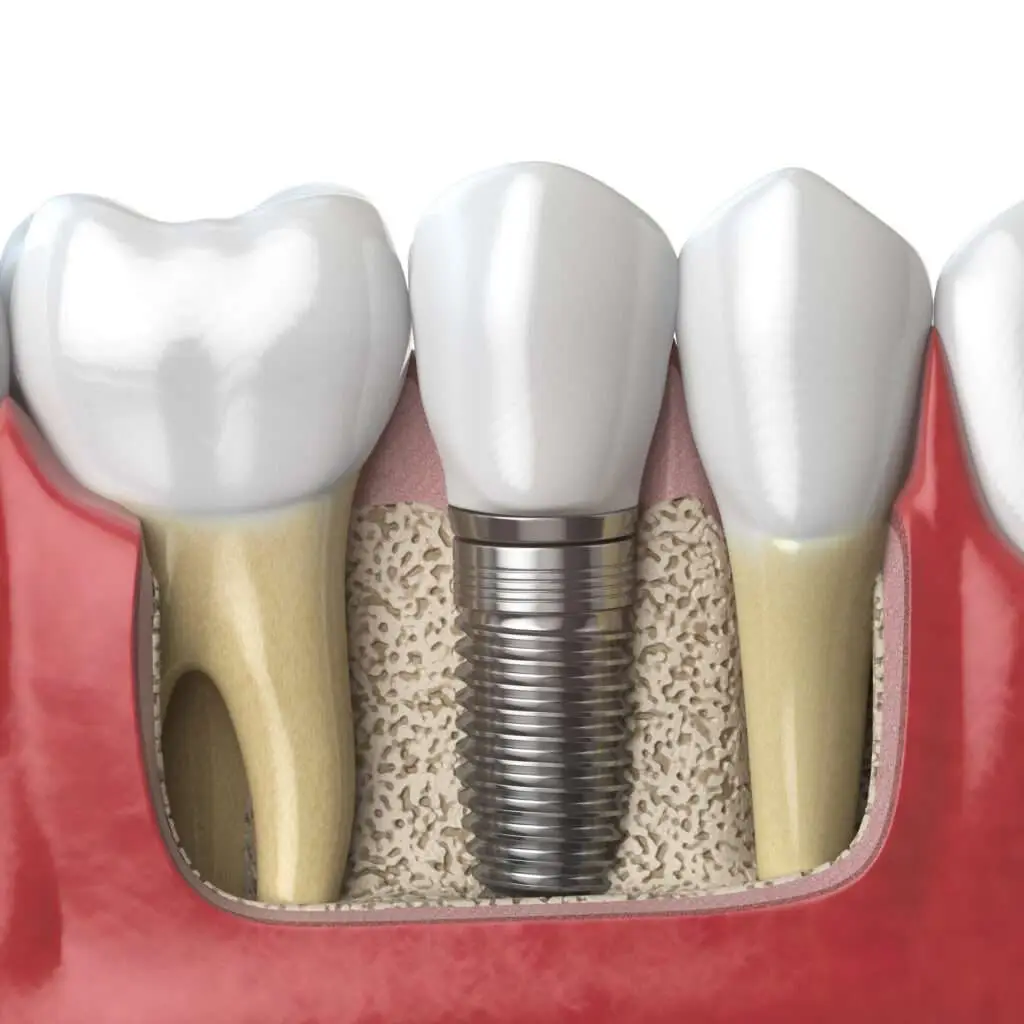
How Much Do They Cost?
The cost of dental implants varies depending on the implant type, the procedure’s complexity, the number of implants, the location of their placement, and other factors. It’s essential to talk to your dental care team about the costs involved and to check if your insurance covers the procedure.
Know all the factors that will influence the final price of your dental implant treatment here!
Are You a Candidate for Implants?
Candidates for traditional implants should have good oral health and sufficient bone density to support the implant; if not, other alternatives like zygomatic implants can be an option. If you’re considering dental implant surgery, consult our post “Can Anyone Get Fixed Dentures?“, which type of dental implant treatment you are a suitable candidate for.
Conclusion
Dental implants offer a permanent, natural-looking solution for missing teeth. Whether you’re looking to replace a single tooth or multiple teeth, dental implants might be the solution you’ve been looking for.
Bibliography
- “Types of Dental Implants,” American Academy of Implant Dentistry.
- “Osseointegration and Dental Implants,” NCBI.
- “Dental Implant Procedure,” WebMD.


